Texas Welcomes Google’s Self-Driving Cars With Open Arms

In its efforts to bring self-driving cars to our roads in the future, Google has faced regulatory hurdles in California that seem inevitable when considering bringing autonomous vehicles to the mass market.
Now, officials in Austin, Texas have embraced the technology with such an inviting welcome that the mayor actually used talking points written by a Google lobbyist when the tech giant began testing prototypes on their roads over the summer. This embrace came as state transportation and safety policymakers are struggling with whether they share Google’s vision of bringing cars to the public in the near future that don’t have steering wheels or pedals.
At this point, Google’s test cars have an employee in the driver’s seat, prepared to take the wheel if the onboard sensors and computers fail to work correctly. Four retrofitted Lexus cars and four bubble-shaped cars that Google commissioned are now rolling around Austin, which is known as the hub of technological innovation in Texas and also marks the first area Google has done extended testing outside of its base in Silicon Valley.
It’s now four months into Google’s test drives in Austin, and Texas transportation officials appear to be unsure how to oversee their safe operation. Unlike California, where regulators have already been drafting regulations to give the public safe access to the cars, Texas has yet to place any obvious restrictions on self-driving vehicles.
It appears Google believes that vehicles with just a button to start and stop, and with no other way for passengers to maneuver them, would currently be legal under Texas law, without any need for modifications to the state regulations, or lack thereof.
Although Texas state officials have not commented on this matter, Bryant Walker Smith, a law professor at the University of South Carolina, believes that Google’s understanding of state law is not farfetched. “A reasonable interpretation is that an autonomous vehicle would be legal” in Texas, he said.
Those who are working on Google’s self-driving car project have expressed their frustration that California’s Department of Motor Vehicles is almost a year late in writing rules for early-adopters in the public to use the technology. In addition to the ease of testing its cars in Texas, expanding its project to Austin also provides Google with the opportunity to challenge the cars in a new environment where drivers and pedestrians are unaccustomed to seeing them.
“Austin has always been enthusiastic about innovation,” said Chris Urmson, who has led Google’s self-driving car project for several years. “The people there have been incredibly welcoming.”
And, for its part, Austin is certainly welcoming Google with open arms. In fact, when Mayor Steve Adler said in an August press conference that the cars potentially carry “enormous” benefits to society, he was actually reading verbatim from a list of talking points that were drafted by a Google lobbyist in Texas, Gerardo Interiano, according to records obtained by The Associated Press.
Additionally, a July press release announcing the fact that Google had picked Austin also attributed a quote to Adler that was first drafted by Google, and subsequently approved by Adler’s office with just a few minor tweaks.
“Austin is special in part because we welcome new technologies that could help improve our daily lives, and we can easily see the potential self-driving cars have to reduce accident rates and congestion, and to provide mobility for people who can’t get around easily,” Adler was quoted as saying.
Cars that don’t have steering wheels or pedals are not currently close to being commonplace. Although Google hinted last year that it wants to begin introducing such cars through a small pilot project as early as 2016, the tech giant has more recently declined to discuss a firm timeline.
In the meantime, Texas transportation leaders are reluctant to discuss the technology publicly. However, at a legislative hearing earlier this year, one Republican lawmaker did voice some concern.
“I’m not sure the state of Texas needs to become the test tube for developing this,” state Sen. Troy Fraser said at the April hearing. “The companies are going to have to figure that out, and then once they figure it out, then they come to us and get authorization.”
It’s a very complex situation that will continue to evolve as lawmakers struggle to determine how to regulate new semi-autonomous features and ultimately fully self-driving cars as they are introduced to the mass market in the future.


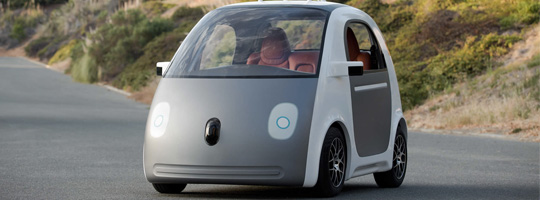
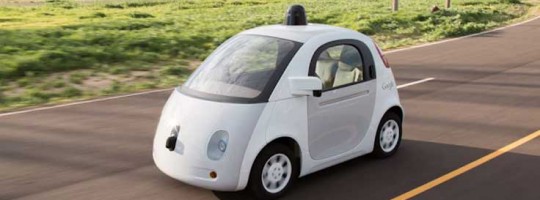
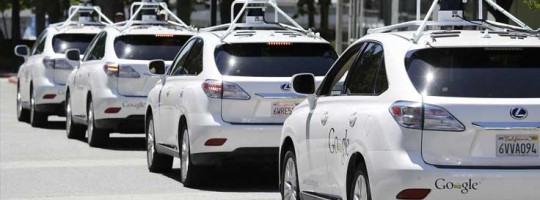
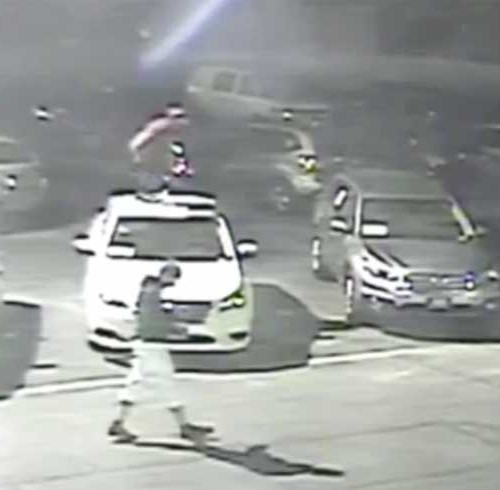


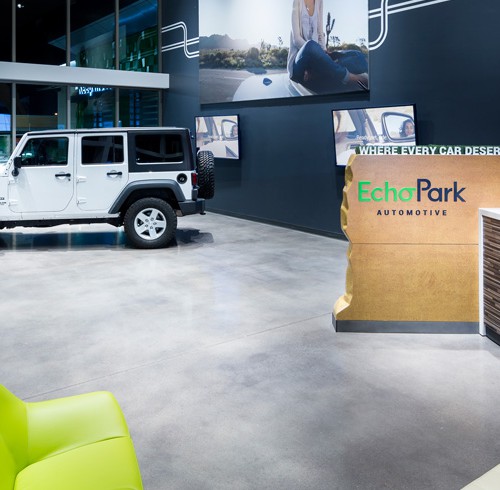
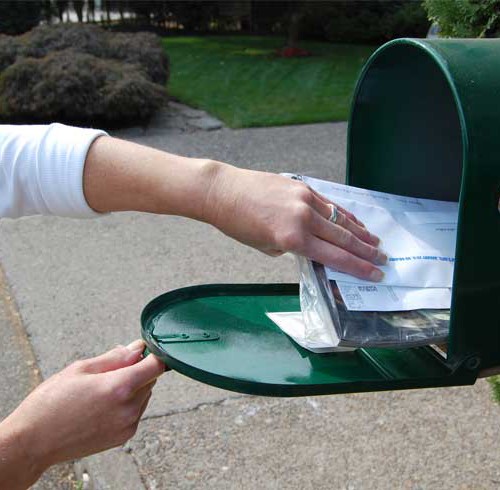


Warning: count(): Parameter must be an array or an object that implements Countable in /home/pg4b1yzvrqqo/domains/test.drivingsalesnews.com/html/wp-includes/class-wp-comment-query.php on line 399